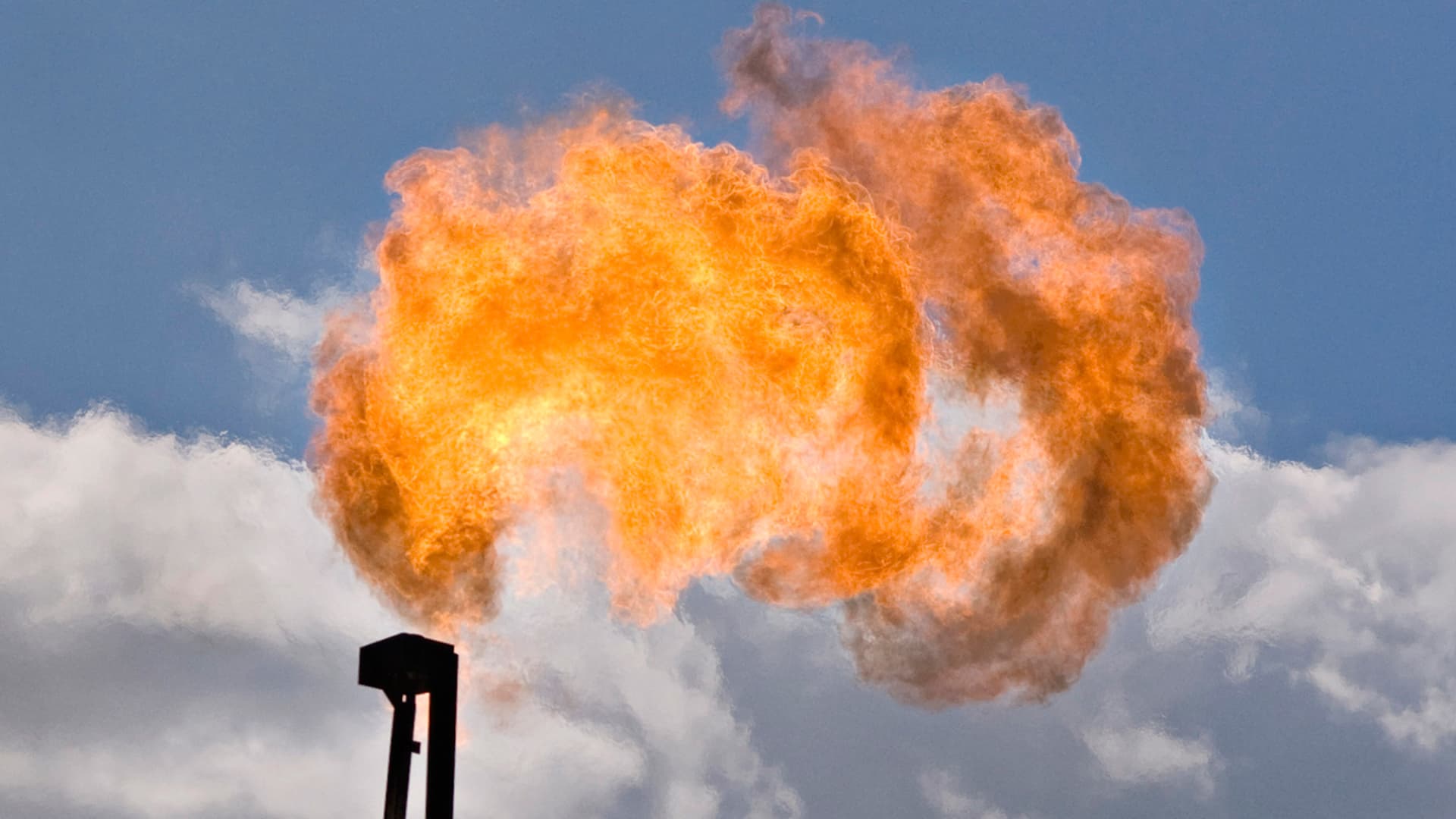Energy
Tuesday, October 10th, 2023 3:25 pm EDT
Key Points
- Strong Spare Production Capacity: Saudi Arabia and OPEC+ allies have significantly reduced crude oil output this year to support oil prices, resulting in a substantial reserve of spare production capacity. This surplus capacity is the largest seen in over a decade, excluding the COVID-19 pandemic period. OPEC, led by Saudi Arabia and the UAE, is expected to maintain over 4 million barrels per day of idle capacity in 2023, equivalent to about 4% of global oil supplies.
- Robust Buffer for Geopolitical Risks: This level of idle capacity represents a considerable cushion for the global oil market, especially during times of heightened geopolitical risks in the Middle East. In comparison to past regional crises, such as attacks on Saudi Arabia’s Abqaiq facility in 2019 or the rise of ISIS in Iraq in 2014, the current spare capacity is nearly double. It is also approximately 20% more than what was available during the Libyan oil output collapse in 2011.
- Impact on Oil Prices: Despite an initial surge of more than 5% in crude oil prices following the recent Hamas attack on Israel, oil prices have since settled below $88 a barrel in London. The availability of OPEC’s spare oil capacity has contributed to this stabilization, as it reassures markets of sufficient supply. However, the decision to tap into this spare capacity could depend on various factors, including whether Iran, a key supporter of Hamas, faces increased U.S. sanctions on its oil exports as a result of the current crisis.
The global oil market, despite facing increased risks due to Middle East turmoil, is in a better position to handle shocks compared to previous crises. Saudi Arabia and OPEC+ allies have reduced crude output this year to support prices, leaving them with a significant reserve of spare production capacity, the largest buffer in over a decade, outside of the COVID-19 pandemic. OPEC, primarily Saudi Arabia and the UAE, are expected to have more than 4 million barrels a day of idle capacity in 2023, which accounts for about 4% of global supplies. This cushion is nearly double what they had during past regional crises, providing reassurance to oil markets in times of geopolitical uncertainty, such as the recent Hamas attack on Israel. However, whether OPEC would tap into this reserve depends on various factors, including the impact of potential U.S. sanctions on Iran’s oil exports due to the ongoing crisis.
For full original article on Bloomberg, please click here: https://www.bnnbloomberg.ca/opec-s-spare-oil-buffer-can-help-market-weather-mideast-storm-1.1982537



